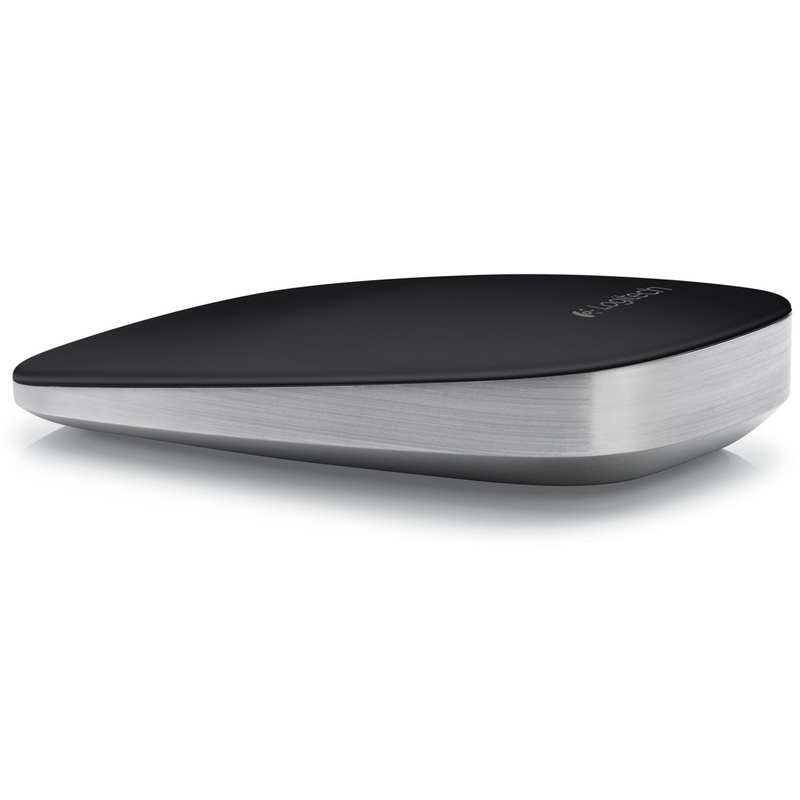It’s pretty widely known that major Windows updates may affect dual boot machines. This is what I’ve run into with my dual boot machine – Windows decided to install a major update and in doing that broke GRUB that managed my boot options. Few google searches later I’ve run across many ways of addressing the…
Tag: Configuring Linux
Adding NEF preview to Linux Mint file manager Nemo
If you want to be able to preview NEF (Nikon raw) images in Linux Mint’s file manager Nemo, you need to do the following: Open Preferences window for Nemo file manager from Edit -> Preferences menu Switch to Preview tab within the Preferences window Set “Show Thumbnails” to Always if you want to show thumbnails…
Reconnecting a bluetooth mouse in Linux Mint upon reboot
I use a bluetooth mouse with my laptop (never could understand manufacturers pushing their proprietary USB wireless peripherals – why take up a USB port when all laptops have bluetooth built-in). When I installed Linux Mint (version 17.3) it has connected to my mouse just fine and I was able to use it with no…


